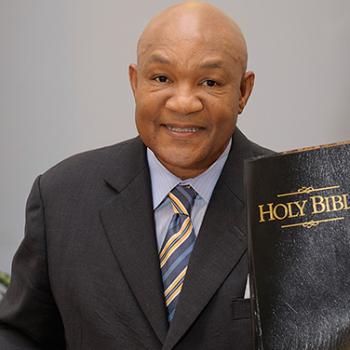Last updated on: September 6, 2017 at 10:49 pm
By
Peter Leithart
In his Women, Fire, and Dangerous Things , George Lakoff tells about the Australian aboriginal tribe of the Dyirbal, who speak a language that classifies everything into four categories. One of these, “balan,” includes “women, bandicoots, dogs, platypuses, echidnas, some fish, birds, fireflies, scorpions, crickets, the hairy mary grub, anything connected with water or fire, sun and stars, shields, some spears, some trees” (the summary is from Walter Truett Anderson). The classification is based on analogies between women and each... Read more




















